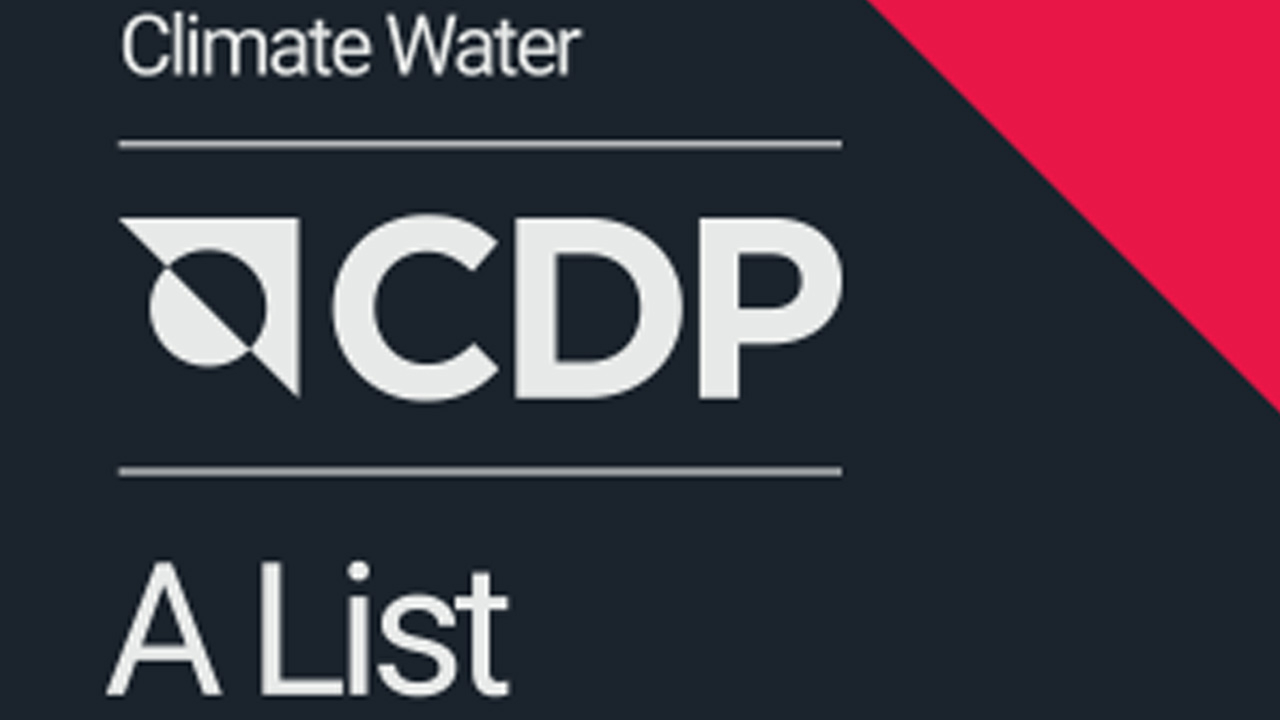Mike Fairley column: A business review for success

Retail sales in the EU28 countries are up just 0.4 percent – and that includes eastern European countries that are generally doing better. The US has also reported declining retail footfall; international retail sales are said to be down by around 1.6 percent, while the UK recently announced year on year retail sales down 3.1 percent – the biggest decline in 23 years.
Retailers will look at these results and vow to make cuts and savings wherever feasible
Rationalization of products and brands is often a first step. Perhaps closure of some stores, a reduction in point-of-sale or back office personnel; working with fewer suppliers – all are tried and tested fallback solutions. For many, their ongoing stated aims now include operating for less and buying for less.
Added to the pressures of declining retail sales are ongoing, and growing, demands regarding ethical sourcing, and a focus on sustainability. It is not an easy time for the world of retail (or their suppliers) – unless you happen to be an on-line retailer, where growth in many countries is well into double figures.
These retail trends will have implications on label converters and package printers, particularly in the world’s developed markets where GDP forecasts for the coming year have already been lowered to around one to two percent. Likely challenges the industry may face include more shorter runs, ongoing product and brand rationalization, decreasing time to market, fewer new product launches, pressure on print and packaging budgets, continued push towards compliance and sustainability, more reliance on printers and converters for testing and compliance, further pressures to reduce carbon footprints, materials substitution, more action to eliminate waste in the supply chain, more demand for recycling, and ever more pressure to develop cost-effective linerless labeling solutions.
Many converters could continue adding to this list. Things that they are already being asked about or pressured into doing, not just by their customers, but by local authorities and, indirectly, by pressure groups and environmental activists. The 2020s will most certainly continue as demanding years on the world of label and package printing.
Challenges
The beginning of this new year is an ideal time for each label and package printing company to undertake an internal – or even customer – audit to determine what actions will need to be taken to ensure their ongoing customer loyalty, their business performance, productivity and efficiency, their future growth and profitability requirements, their environment and sustainability credentials, and what these mean for the company in terms of investment, personnel and training.
Many successful label and package printing companies have already undertaken such studies. They have invested in sophisticated MIS to efficiently manage their business, providing them with ‘live’ information on every aspect of customer management, production and systems control, workflow – right through to accounting, invoicing, financial control, and using detailed and statistical management analysis tools to improve the business
Connect the latest sophisticated MIS software with investment in the latest Esko pre-press and Value Stream Mapping (VSM) systems and then link in automated press, inspection and finishing-line set-up, and business efficiency and profitability can be improved by up to 30 percent. An undoubted starting point target for any business improvement strategy.
The benefits of Value Stream Mapping look particularly interesting. It focuses on a company’s value creation workflow, exposing waste and delays based on numbers and insights gathered from employees, and revealing opportunities to improve productivity and throughput. It does this by considering workflow as a system of steps and activities which are all connected, helping executives to establish a long-term zero waste strategy rather than undertaking singular actions.
The development of a zero waste strategy by label and packaging producers, together with the recent launch of an industry matrix recycling program, the introduction of wash-off adhesives for PET recycling, and soon to be announced, new liner waste initiatives, also all fit in well with ongoing developments that look set to further create a circular and sustainable economy for the industry and aims to minimizes its environmental impact. Challenges that all converters will undoubtedly increasingly face during the 2020s.
Undertaking a new year business efficiency and environmental audit now, and implementing any necessary investment, employee, training, customer liaison and environmental recommendations without delay, could be the difference between an ongoing and successful future, or declining profitability, possible loss of customers and, perhaps ultimately, failure.
What better reasons to make a business audit and review part of your company’s new year resolution?
Stay up to date
Subscribe to the free Label News newsletter and receive the latest content every week. We'll never share your email address.


